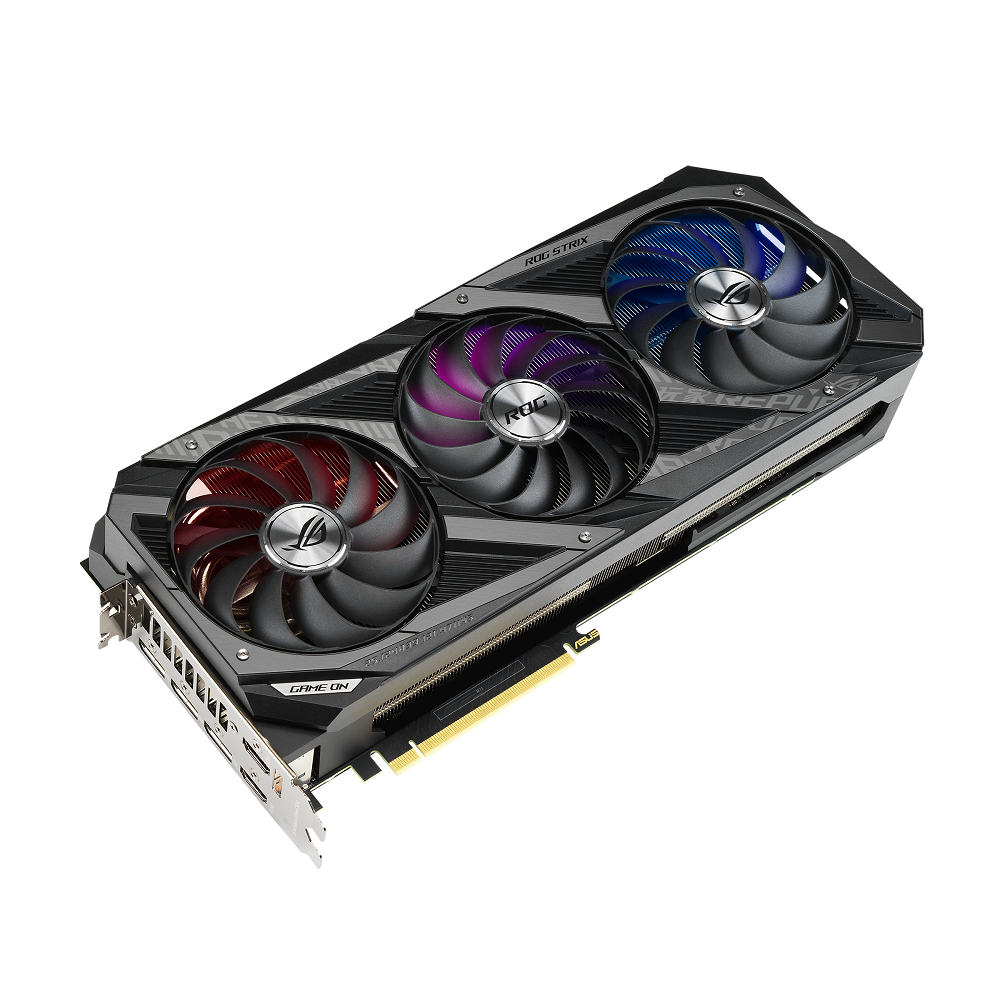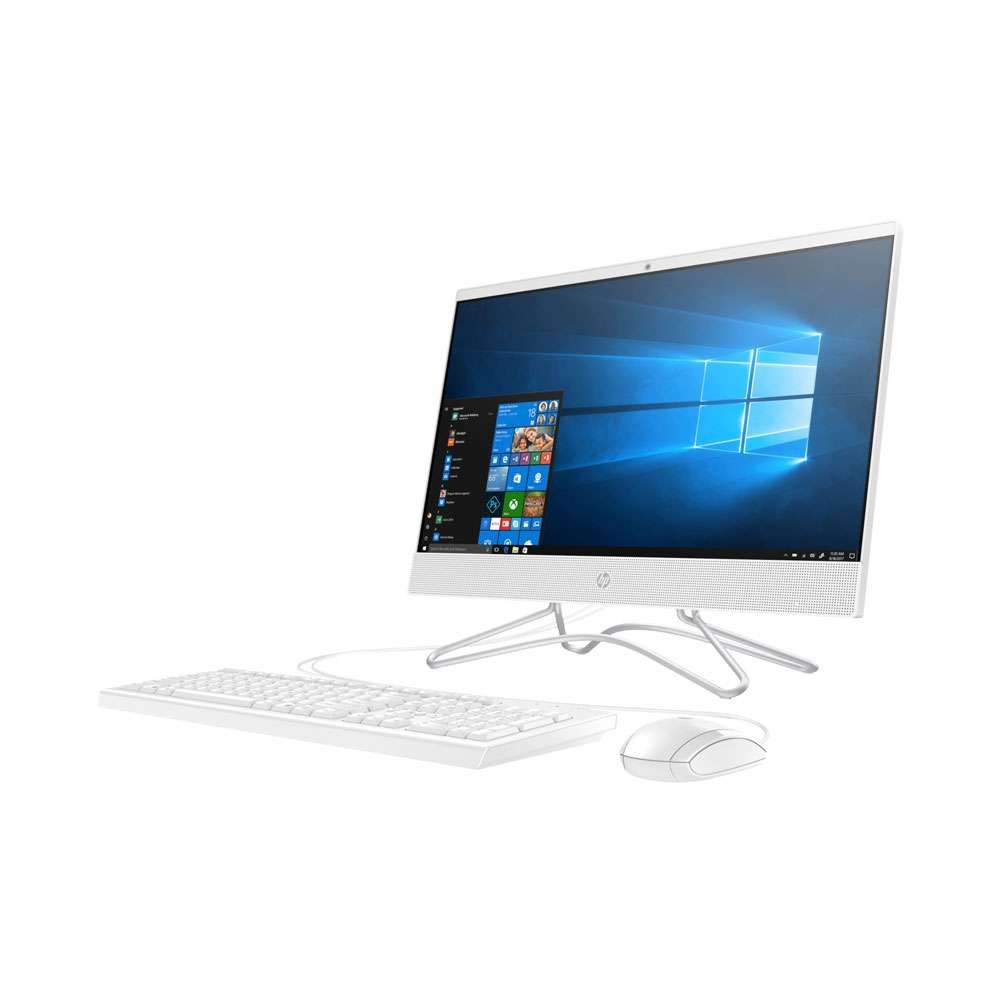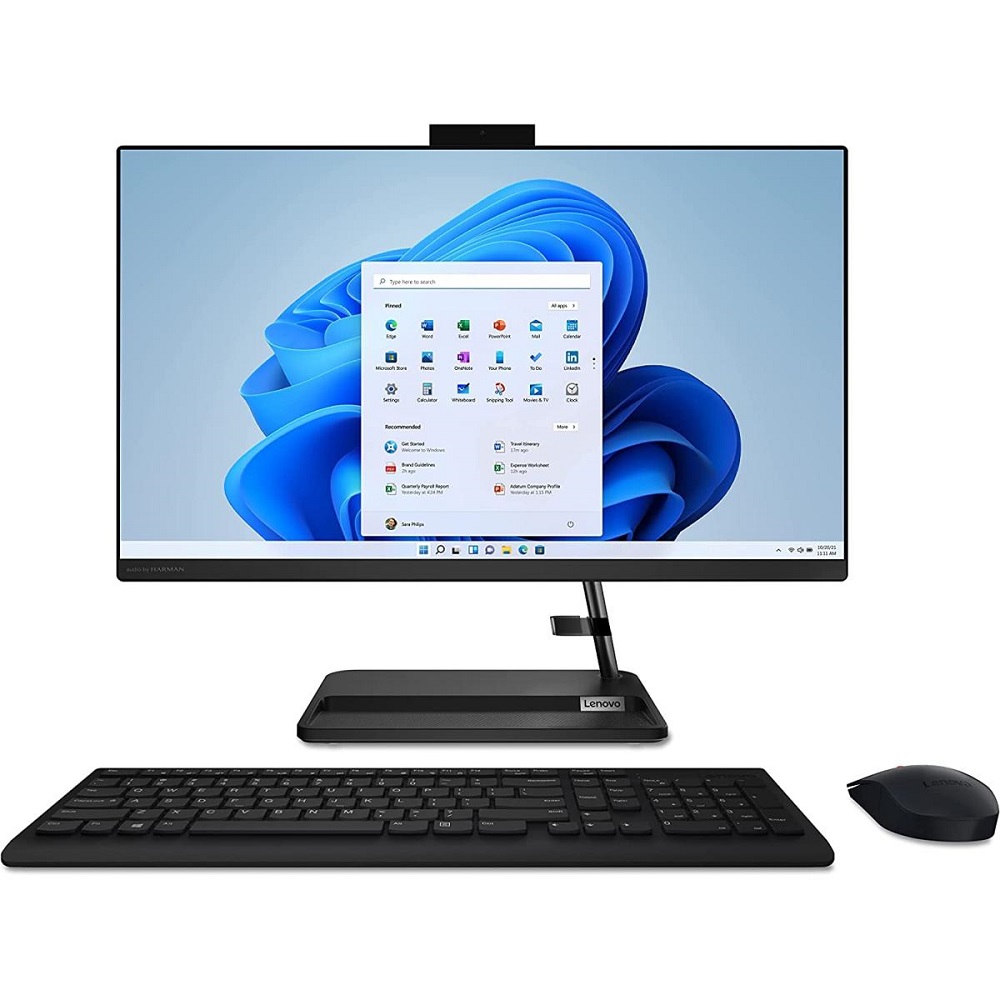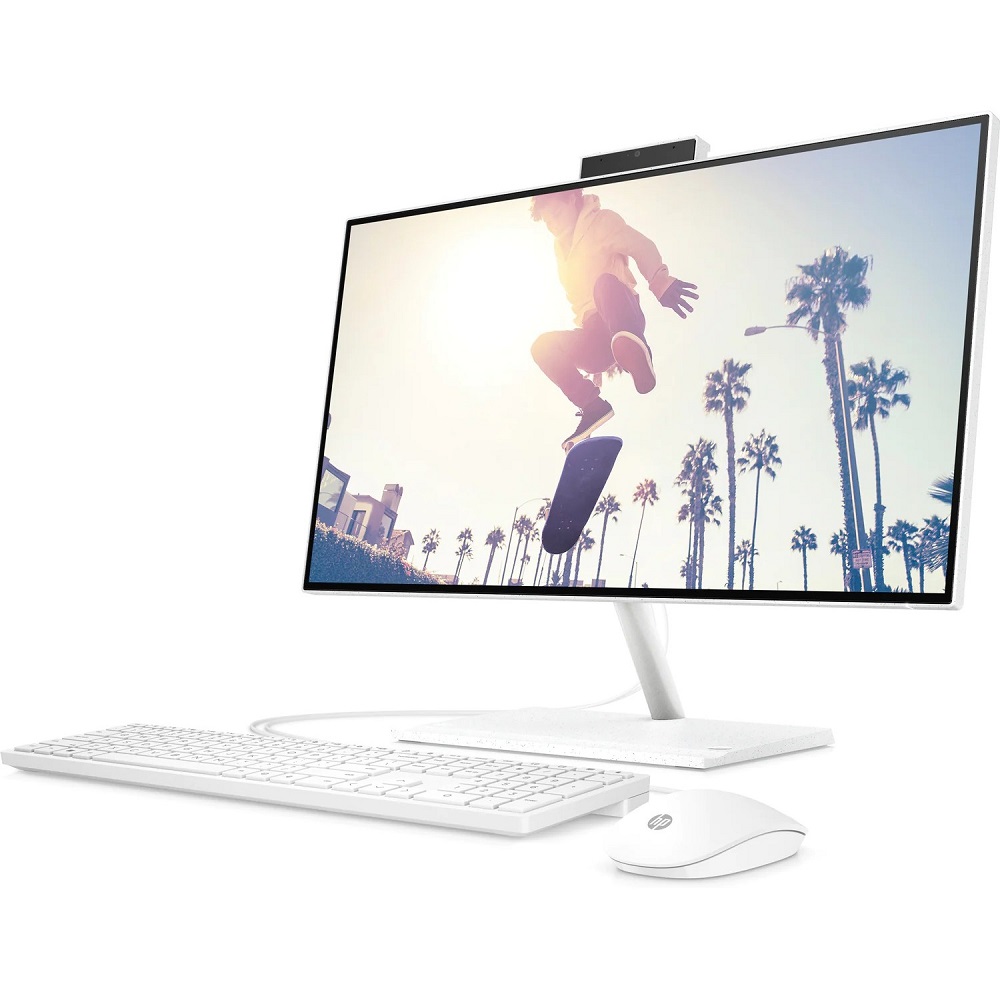Choosing the best graphics card for All-in-One (AIO) PC can be challenging. Unlike traditional desktops, AIO PCs often have limited space and specific power requirements. This guide will help you navigate the complexities of selecting the right graphics card to enhance your computing experience.
Understanding Your AIO PC Specifications
Compatibility Considerations
Before purchasing a graphics card, consider the specifications of your All-in-One PC. Check the available space inside the unit, the power supply capacity, and the type of PCIe slot available. AIO PCs usually have limited room, which means you’ll need a smaller, low-profile card. Also, ensure that the power supply can handle the new graphics card’s power requirements. Compatibility is crucial to avoid the hassle of returning hardware or, worse, damaging your system.
Built-In Graphics Versus Dedicated Cards
Most All-in-One PCs come with integrated graphics. These are fine for basic tasks like web browsing and office work. However, if you plan to game, edit videos, or use graphic design software, a dedicated graphics card is essential. Integrated graphics share system resources, which can slow down performance when handling demanding tasks. A dedicated card enhances performance by freeing up system resources and providing specialized processing power.

Determining Your Needs
Gaming
For gamers, the choice of a graphics card can make a huge difference. Look for a card with high frame rates and DirectX support. Research the titles you intend to play, as different games have varying graphic demands. Cards like the NVIDIA GeForce GTX or AMD Radeon RX series provide excellent gaming performance. Ensure the card you choose supports the resolutions and settings at which you want to play. A powerful graphics card will offer a smoother gaming experience and better visual details.
Professional Use
If your AIO PC is for professional use, such as video editing or 3D rendering, prioritize cards optimized for these tasks. Cards like the NVIDIA Quadro or AMD FirePro series are designed for professional applications. These cards often come with certifications for software like Adobe Creative Suite and Autodesk. Professional-grade graphics cards offer higher precision and stability, which are essential for complex and resource-intensive tasks.
Budget Considerations
High-End Versus Mid-Range
Graphics cards come in a range of prices. High-end cards deliver top performance but can be very expensive. Mid-range cards offer a balance between performance and cost. Assess your budget and determine which category fits your needs. High-end cards, like the latest NVIDIA RTX series, provide advanced features like ray tracing but come at a premium price. Mid-range cards, like the AMD RX 5600 XT, offer good performance for most tasks without breaking the bank.
Longevity and Value
Consider the longevity and value of the card. Spending more on a higher-end card can be a good investment if it extends the usable life of your PC. Mid-range cards may require an upgrade sooner but will save you money initially. Evaluate how long you intend to keep your AIO PC and whether continuous upgrades are feasible. A well-chosen card can extend your machine’s relevance and efficiency, providing a better return on your investment.

Researching Graphics Card Models
Performance Benchmarks
Before purchasing, research the performance benchmarks of various graphics cards. Websites like Tom’s Hardware, AnandTech, and GPU Review provide comprehensive benchmarks and comparisons. These resources can help you understand how different models stack up against each other. Pay attention to metrics like frames per second (FPS) in popular games and rendering times for professional applications. Benchmarks give you a clear idea of what to expect from a graphics card in real-world scenarios.
Customer Reviews and Expert Opinions
Read customer reviews and expert opinions to get a balanced view of the graphics card’s performance and reliability. Look for reviews that cover long-term use and potential issues. Expert reviews often delve deeper into the technical aspects, while customer reviews provide practical insights. Combining these perspectives gives a holistic understanding of the card’s strengths and weaknesses. User feedback helps identify common issues and benefits that may not be evident from specifications alone.
Considering Power Consumption
Power Supply Requirements
Check the power consumption of the graphics card and ensure it is compatible with your AIO PC’s power supply. Graphics cards can significantly increase the power demand of your system. Ensure your power supply unit (PSU) can handle the additional load. Many AIO PCs come with power supplies that have limited upgradeability, so this step is crucial. Adequate power ensures stable and reliable operation, preventing unexpected shutdowns and system failures.
Efficiency Ratings
Look for graphics cards with high efficiency ratings. These cards offer better performance-per-watt, which is crucial for All-in-One PCs with limited cooling solutions. Efficient cards generate less heat and draw less power, making them ideal for compact systems. Energy-efficient cards contribute to a quieter and cooler operating environment, which is beneficial for maintaining the longevity of your AIO PC components.

Installation and Upgrade Process
Physical Installation
Installing a graphics card in an All-in-One PC requires some care due to limited space. Ensure the system is turned off and unplugged before starting. Open the back panel or access area of your AIO PC. Insert the graphics card into the appropriate slot and secure it with screws if necessary. Follow your AIO PC’s manual for specific instructions, as designs can vary. Proper installation ensures stable and secure connectivity, reducing the risk of hardware issues.
Driver Installation
After physically installing the card, download and install the latest drivers from the manufacturer’s website. Drivers ensure your new graphics card operates correctly and efficiently. NVIDIA and AMD both offer user-friendly software for driver updates and system optimization. Keeping your drivers up to date is crucial for maintaining performance and compatibility with new applications and games. Regularly check for driver updates to take advantage of performance enhancements and bug fixes.
Maximizing Performance
System Optimization
Optimize your system to get the most out of your new graphics card. Adjust the graphics settings in games and applications to match the card’s capabilities. Use software like NVIDIA GeForce Experience or AMD Radeon Settings to fine-tune performance. These tools offer optimization features that adjust settings based on your system’s hardware. Regular system maintenance, such as cleaning up temporary files and defragmenting your hard drive, can also enhance performance.
Thermal Management
Proper thermal management is essential for maintaining performance and longevity. Ensure your AIO PC’s cooling system is adequate for the new graphics card. Clean the fans and vents regularly to prevent dust buildup. Consider adding additional cooling solutions if space allows. Monitoring tools like MSI Afterburner can help you keep an eye on temperatures and adjust fan speeds as necessary. Effective thermal management prevents overheating, which can degrade performance and shorten the lifespan of your hardware.
Conclusion
Making an Informed Decision
Choosing the best graphics card for All-in-One PC involves a careful balance of compatibility, performance, and budget considerations. Understanding your needs and system specifications is the first step. Researching and comparing models based on benchmarks and reviews ensures you select a card that meets your requirements. Taking the time to make an informed decision helps avoid costly mistakes and ensures a satisfying upgrade experience.
Enjoying Enhanced Performance
Once installed, a good graphics card can significantly enhance your computing experience, whether for gaming, professional use, or general tasks. Enjoy the improved visuals, faster processing, and smoother performance that a well-chosen graphics card brings. Regular maintenance and keeping your drivers updated will ensure your system continues to perform at its best, providing a long-lasting upgrade that enhances your All-in-One PC’s capabilities for years to come.
